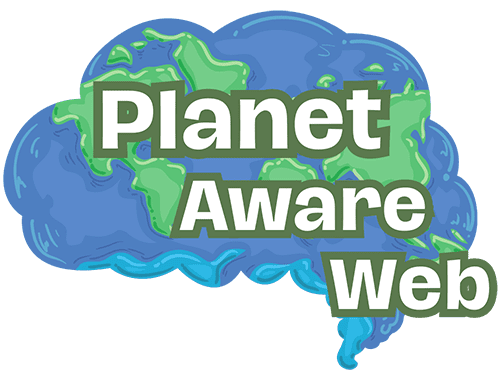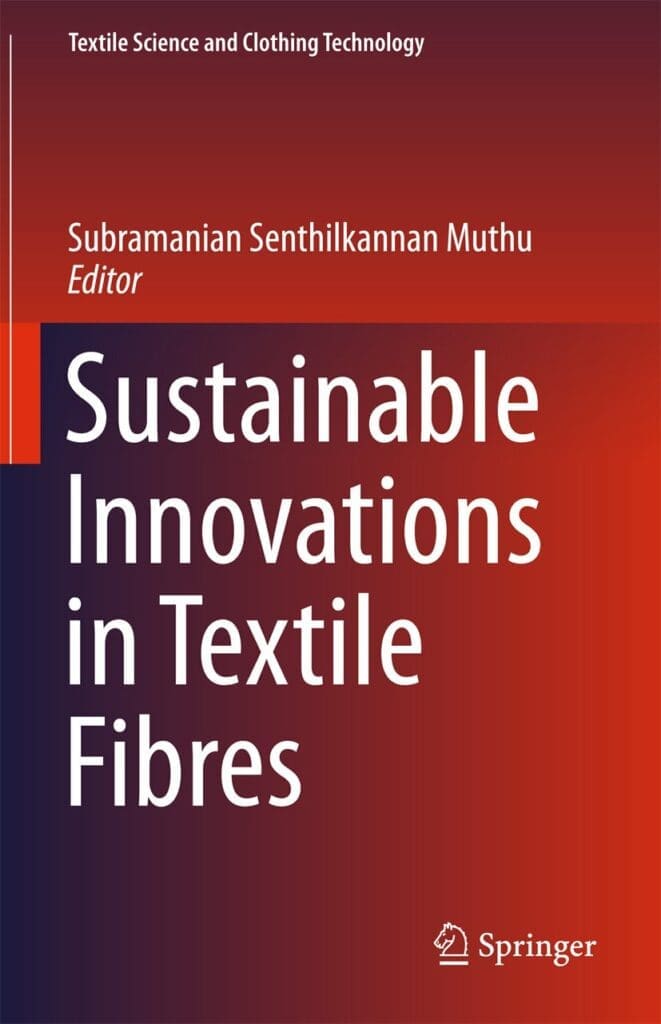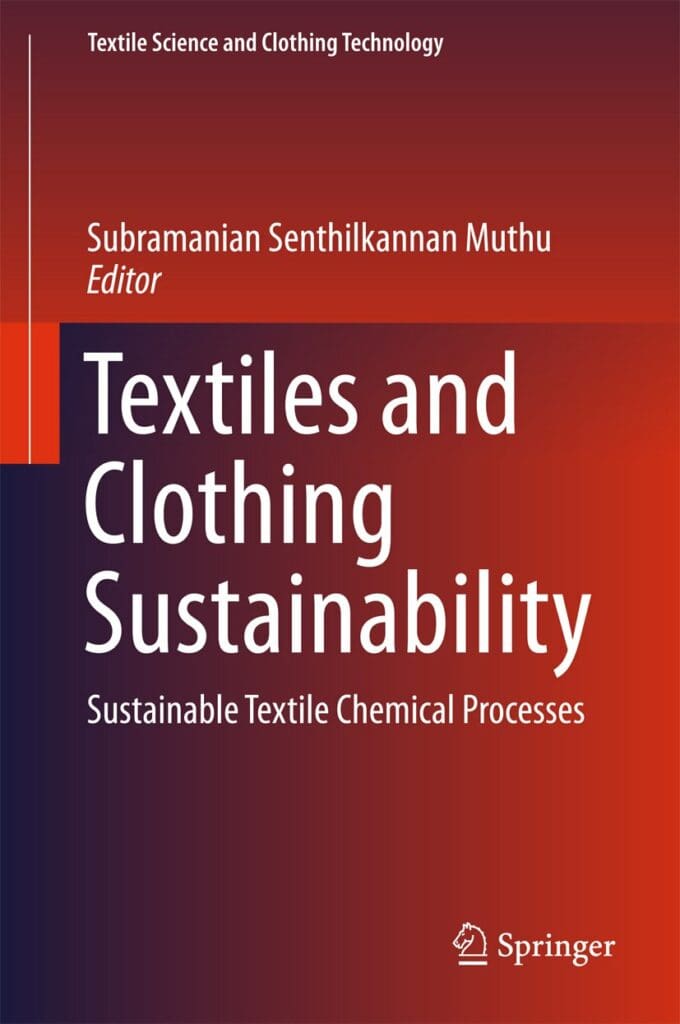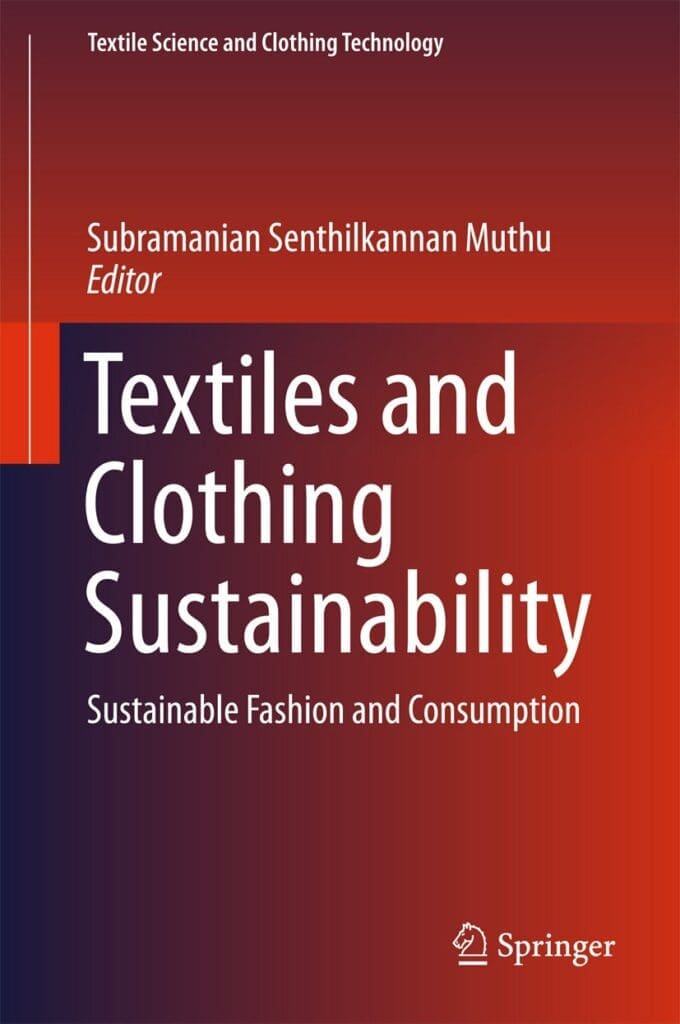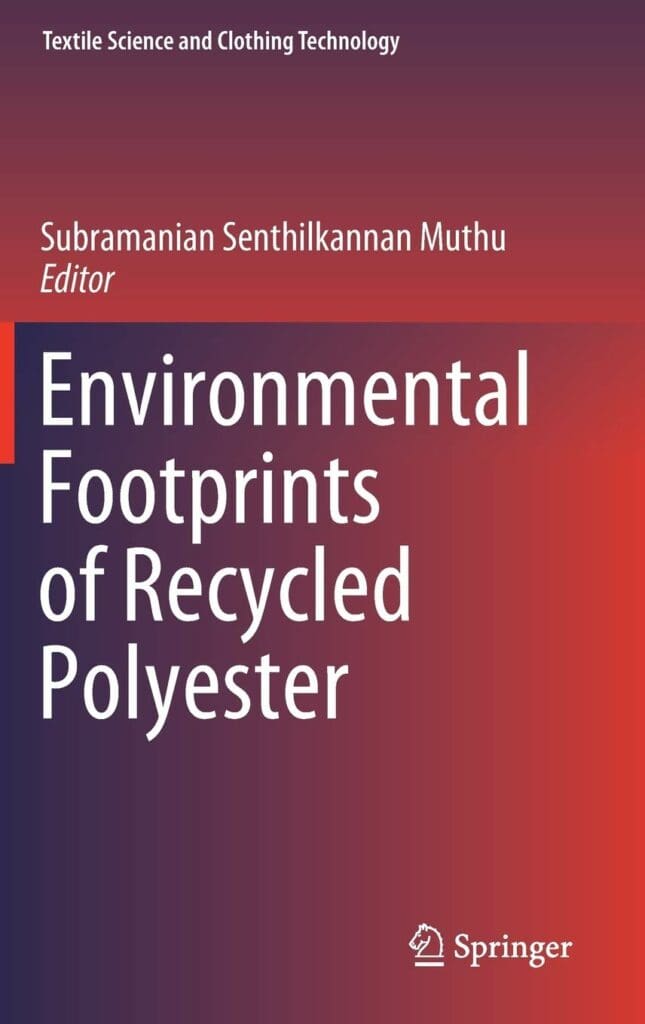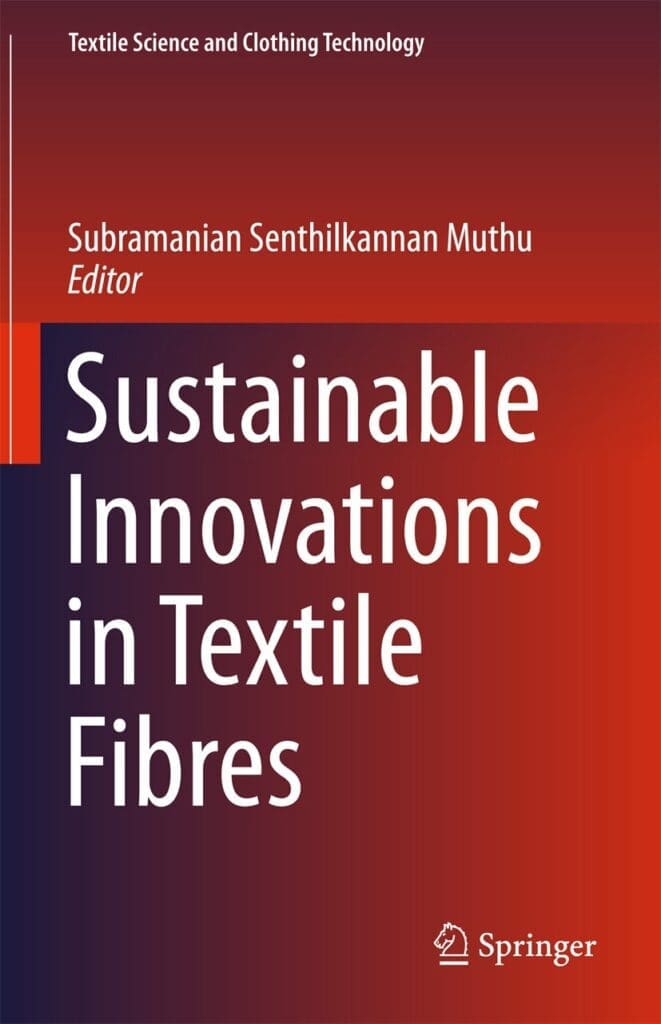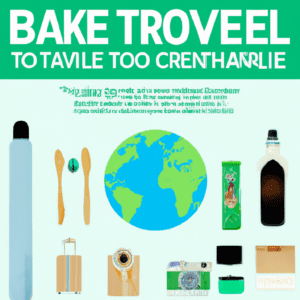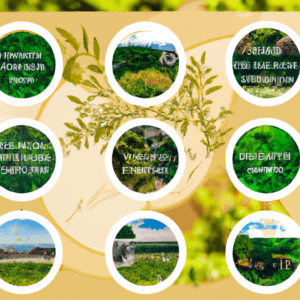Hey there! If you’re someone who’s always on the lookout for sustainable and eco-friendly products, then you’ve come to the right place. Today, we’re going to explore and compare some exciting products in the realm of textiles and clothing sustainability. These books and publications are not only informative but also provide valuable insights into the latest advancements in the industry.
Let’s dive into the world of sustainable textile chemical processes, fashion and consumption, recycled polyester, knitting science and technology, and textile fiber innovations. Each one of these products offers a unique perspective on how we can make our clothing and textile industry more sustainable and environmentally friendly.
Over the years, the textile and clothing industry has faced criticism for its negative impact on the environment. From the production of fabrics to the disposal of garments, various stages of the lifecycle have caused pollution, waste, and resource depletion. However, with the introduction of sustainable practices and materials, we now have the opportunity to make a positive change.
By owning these products, you’ll gain a comprehensive understanding of the processes, materials, and technologies that can contribute to a more sustainable future. Whether you’re interested in chemical processes, fashion consumption patterns, or the environmental impact of recycled polyester, there’s something for everyone.
Throughout this article, we’ll take a closer look at each of these products, highlighting their key features, benefits, and contributions to the field of sustainability in textiles and clothing. So, let’s begin our exploration and empower ourselves with knowledge that can drive positive change in the fashion industry.
Textiles and Clothing Sustainability: Sustainable Textile Chemical Processes” (1st Edition, 2017) – Kindle Edition
The primary use of this product is to provide readers with a comprehensive understanding of sustainable textile chemical processes. It aims to educate individuals in the field of textile science and clothing technology about the importance of adopting sustainable practices in the industry.
We love this product because it takes a friendly approach to discussing sustainable textile chemical processes. Instead of overwhelming readers with technical jargon, the book presents the information in a clear and accessible manner. It effectively communicates the significance of sustainable practices in the textile industry, making it an ideal choice for both beginners and professionals in the field.
Textiles and Clothing Sustainability: Sustainable Textile Chemical Processes provides an in-depth overview of sustainable practices related to textile chemistry. The book highlights the significance of adopting eco-friendly processes and materials, such as organic fibers and low-impact dyes, to minimize the environmental impact of textile production.
Key Features of the Product Include:
- Comprehensive coverage of sustainable textile chemical processes
- Analysis of various eco-friendly textile manufacturing techniques
- Discussion on the importance of sustainable materials, such as organic fibers
- Examination of environmentally friendly dyeing and finishing processes
This book showcases high overall quality with its thorough research and comprehensive approach to sustainable textile chemical processes. The authors have expertly presented the information, ensuring that readers gain a holistic understanding of the subject matter. The inclusion of real-life examples and case studies further enriches the overall quality of the book.
-
Easy-to-understand language and clear explanations make the content accessible to a wide range of readers.
-
The book covers a wide range of topics related to sustainable textile chemical processes, providing readers with a comprehensive understanding of the subject.
-
Real-life examples and case studies help readers connect theoretical knowledge with practical applications.
-
The book encourages readers to think critically about sustainable practices and their impact on the textile industry.
-
The book primarily focuses on sustainable textile chemical processes and may not provide in-depth coverage of other aspects of textile sustainability.
-
Some readers may find the technical details overwhelming, especially if they have limited background knowledge in the field.
In conclusion
Textiles and Clothing Sustainability: Sustainable Textile Chemical Processes (Textile Science and Clothing Technology) is a valuable resource for anyone interested in the field of sustainable textile production. Its friendly and accessible approach, comprehensive coverage of sustainable practices, and inclusion of real-life examples make it a must-read for individuals seeking to make a positive impact in the textile industry.
Note: This article is based on the review of the book “Textiles and Clothing Sustainability: Sustainable Textile Chemical Processes” and does not reflect the opinions of the writer.
Textiles and Clothing Sustainability: Sustainable Fashion and Consumption
When it comes to sustainable fashion and consumption, the Textiles and Clothing Sustainability book is an invaluable resource. Whether you are a student, a fashion enthusiast, or a professional in the textile industry, this book offers insightful information on the subject matter. It serves as a practical guide that explores the environmental impact of textile production and consumption, while also highlighting sustainable practices that can be implemented.
We love this book because it provides a comprehensive overview of textile sustainability, making it accessible to anyone interested in the topic. Written in a friendly and engaging tone, it strikes a perfect balance between academic rigor and practicality. The authors have taken a complex subject and made it easily understandable, even for those without a background in textile science. The inclusion of real-life case studies and examples further enhances the reader’s understanding and makes the content relatable.
The purpose of this book is to shed light on the sustainability challenges faced by the textile industry and to propose potential solutions for a more sustainable future. It covers a wide range of topics, including the environmental impact of textile production, the use of natural resources, the role of consumers in driving sustainable fashion, and the importance of recycling and circular economy principles. The book also delves into the latest innovations and technologies that can be employed to reduce the negative environmental impact of textile production.
Key features of this book include:
- In-depth analysis of textile sustainability issues
- Real-life case studies and examples
- Practical tips for consumers and industry professionals
- Insights into the latest innovations in sustainable fashion
- Comprehensive coverage of textile production, consumption, and waste management
The overall quality of this book is exceptional. The authors have demonstrated a deep understanding of the subject matter and have presented it in a clear and organized manner. The content is well-researched and supported by credible sources, ensuring that the information provided is accurate and reliable. The inclusion of visuals, such as charts and graphs, further enhances the reader’s understanding and engagement with the material. Overall, this book is a valuable resource for anyone interested in textile sustainability.
-
Written in a friendly and accessible tone
-
Covers a wide range of topics related to textile sustainability
-
Includes real-life case studies and examples
-
Provides practical tips and insights for consumers and industry professionals
-
Engaging layout with visuals to enhance understanding
-
Some sections may be too technical for readers without a background in textile science
-
Could benefit from more discussion on the social aspects of textile sustainability
The Textiles and Clothing Sustainability book is an excellent resource for those looking to learn more about sustainable fashion and consumption. Its comprehensive coverage, friendly tone, and practical tips make it a compelling read for students, fashion enthusiasts, and professionals alike. From exploring the environmental impact of textile production to highlighting the role of consumers in driving change, this book provides valuable insights and proposes solutions for a more sustainable future in the textile industry.
Environmental Impact of Recycled Polyester: Textile Science and Clothing Technology (1st Edition, 2020)
The Environmental Footprints of Recycled Polyester (Textile Science and Clothing Technology) 1st ed. 2020 Edition is an insightful review that focuses on the environmental impacts and sustainability aspects of recycled polyester in the textile industry. It offers a comprehensive analysis of the various factors that contribute to the overall environmental footprint of this material.
We appreciate the in-depth research and analysis provided by the Environmental Footprints of Recycled Polyester (Textile Science and Clothing Technology) 1st ed. 2020 Edition. This review offers valuable insights into the environmental implications of using recycled polyester in textile production, enabling consumers and industry professionals to make informed decisions about sustainable fashion.
The key purpose of the Environmental Footprints of Recycled Polyester (Textile Science and Clothing Technology) 1st ed. 2020 Edition is to provide a comprehensive and comparative analysis of the environmental footprints associated with the production and use of recycled polyester. The review aims to educate readers about the potential benefits and drawbacks of utilizing recycled polyester in the textile industry.
The review also highlights the key features of recycled polyester, such as its reduced reliance on virgin petrochemical resources and the potential for energy and water savings. It delves into the production process, including recycling technologies and the associated environmental impacts. Furthermore, the review explores the end-of-life options for recycled polyester products, such as recycling and reuse.
The overall quality of the Environmental Footprints of Recycled Polyester (Textile Science and Clothing Technology) 1st ed. 2020 Edition is commendable. The review offers an extensive and detailed examination of the environmental aspects related to the production and utilization of recycled polyester.
The authors provide a well-researched and comprehensive analysis, backed by scientific evidence and data. The review takes into consideration various factors, including energy consumption, greenhouse gas emissions, water usage, and waste generation. By doing so, it presents a holistic view of the environmental footprint of recycled polyester, enhancing its overall quality and credibility.
-
The review provides valuable information on the environmental benefits of using recycled polyester, such as reduced reliance on virgin resources and potential energy and water savings.
-
It offers insights into the production technologies associated with recycled polyester, helping readers understand the technical aspects of its manufacturing process.
-
The review examines the end-of-life options for recycled polyester, shedding light on its potential for recycling and reuse, contributing to a circular economy.
-
The analysis presented is backed by scientific data and evidence, increasing the reliability and accuracy of the information provided.
-
The review primarily focuses on the environmental aspects of recycled polyester, and while it provides a comprehensive analysis, it may not delve deeply into other aspects, such as social or economic implications.
The Environmental Footprints of Recycled Polyester (Textile Science and Clothing Technology) 1st ed. 2020 Edition is a valuable resource for individuals and professionals interested in understanding the environmental impacts of recycled polyester in the textile industry. With its detailed analysis and comprehensive insights, this review equips readers with the knowledge to make sustainable choices and contribute to a more environmentally friendly fashion industry.
Knitting Science, Technology, and Sustainable Approaches: A Guide to Textile Science and Clothing Technology (Kindle Edition)
The Knitting Science, Technology, Process and Materials: A Sustainable Approach (Textile Science and Clothing Technology) Kindle Edition is a comprehensive guide that focuses on the sustainable approach to knitting science, technology, process, and materials in the textile industry. It is designed for individuals, including students, researchers, professionals, and enthusiasts, who are interested in deepening their knowledge and understanding of sustainable practices in the knitting field.
We admire the Knitting Science, Technology, Process and Materials: A Sustainable Approach (Textile Science and Clothing Technology) Kindle Edition for its dedication to promoting sustainability in the textile industry. This book provides readers with a wealth of information that allows them to explore the field of knitting in a sustainable and environmentally-friendly manner. By adopting a sustainable approach, readers can contribute to the conservation of resources, reduction of waste, and overall improvement of the textile industry’s eco-footprint.
The primary purpose of the Knitting Science, Technology, Process and Materials: A Sustainable Approach (Textile Science and Clothing Technology) Kindle Edition is to introduce readers to sustainable practices in knitting. It guides readers through the science, technology, process, and materials involved in this field, while emphasizing the importance of sustainability.
Key features of this product include:
This book offers a thorough exploration of knitting science, covering topics such as fiber properties, yarn structures, knitting machinery, functional finishes, and emerging trends. It provides readers with a holistic understanding of the knitting process and its connection to sustainability.
With an emphasis on sustainability, this book highlights principles and strategies that can be adopted to minimize environmental impact. It discusses eco-friendly materials, alternative production techniques, and waste reduction methods, empowering readers to make responsible choices in their knitting practices.
To enhance learning and application, the book includes practical examples and case studies from the industry. These real-life scenarios allow readers to see sustainable practices in action and understand their positive impact on both the environment and the textile business.
The quality of the Knitting Science, Technology, Process and Materials: A Sustainable Approach (Textile Science and Clothing Technology) Kindle Edition is commendable. The comprehensive coverage of the subject matter ensures that readers receive a well-rounded understanding of sustainable knitting practices. The author’s expertise shines through, providing accurate and up-to-date information. The inclusion of practical examples and case studies further enhances the overall quality by bridging the gap between theory and practice.
-
Extensive coverage of knitting science, technology, process, and materials
-
Emphasis on sustainability and environmentally-friendly practices
-
Practical examples and case studies for better understanding and application
-
Limited availability in electronic format (Kindle Edition)
-
May require a basic understanding of knitting terminology to fully grasp all concepts
The Knitting Science, Technology, Process and Materials: A Sustainable Approach (Textile Science and Clothing Technology) Kindle Edition is an excellent resource for anyone interested in sustainable knitting practices. Its thorough coverage, sustainable approach, and practical examples make it a valuable asset for students, researchers, professionals, and enthusiasts. By delving into the world of sustainable knitting, readers can actively contribute to creating a more eco-friendly textile industry.
Sustainable Innovations in Textile Fibres (Textile Science and Clothing Technology) – 1st Edition, 2018 – Kindle Edition
This book, “Sustainable Innovations in Textile Fibres (Textile Science and Clothing Technology) 1st ed. 2018 Edition, Kindle Edition”, serves as an essential resource for anyone interested in textile sustainability and the innovative developments happening in the field of textile fibres. Whether you are a student, researcher, or industry professional, this book provides valuable insights and knowledge about sustainable textile practices.
We highly recommend this book for its comprehensive coverage of sustainable innovations in textile fibres. Its 1st edition, released in 2018, carries the latest research and advancements in the field. The book showcases a wide range of sustainable materials, technologies, and practices that are revolutionizing the textile industry. By exploring the various aspects of textile sustainability, you can gain a deeper understanding of the importance and impact of these innovations.
This book delves into the world of textile science and clothing technology, specifically focusing on sustainable innovations in textile fibres. It provides a thorough explanation of the purpose and significance of sustainable practices in the textile industry. The key features of this book include:
-
In-depth coverage: The book offers a comprehensive overview and analysis of sustainable innovations in textile fibres, providing readers with a wealth of information on the subject.
-
Expert contributors: The book features contributions from leading researchers and industry professionals, ensuring that the information presented is reliable and up-to-date.
-
Practical applications: The book emphasizes practical applications and real-world examples, making it an invaluable resource for those seeking to incorporate sustainable practices into their own textile businesses.
-
Comprehensive approach: The book covers a wide range of topics, including sustainable fibres, textile recycling, eco-friendly dyeing techniques, and sustainable supply chains, among others. This holistic approach allows readers to gain a comprehensive understanding of textile sustainability.
The overall quality of this book is exceptional. It is well-written and organized, allowing for easy navigation and comprehension of the content. The use of clear language and practical examples makes complex concepts accessible to readers of all levels of expertise. The incorporation of up-to-date research and contributions from experts in the field adds credibility to the content and ensures its relevance.
-
Comprehensive coverage of sustainable innovations in textile fibres
-
Practical applications and real-world examples
-
Contributions from leading researchers and industry professionals
-
Holistic approach to textile sustainability
-
Limited focus on specific aspects of sustainable textile practices
-
Requires some background knowledge in textile science and clothing technology
“Sustainable Innovations in Textile Fibres” is a must-have resource for anyone interested in advancing sustainable practices in the textile industry. It offers a detailed exploration of various innovative concepts, materials, and technologies that are shaping the future of textile sustainability. Through its comprehensive information and practical examples, this book provides valuable insights and inspiration for adopting sustainable practices in your own textile ventures.
Comparison of Textile Science and Clothing Technology Books
Textiles and Clothing Sustainability: Sustainable Textile Chemical Processes (Textile Science and Clothing Technology) 1st ed. 2017 Edition, Kindle Edition
This book focuses on sustainable textile chemical processes and their impact on the environment. It explores various processes and technologies that can be used to reduce the environmental footprint of textile production. The book is available in Kindle Edition.
Textiles and Clothing Sustainability: Sustainable Fashion and Consumption (Textile Science and Clothing Technology) 1st ed. 2017 Edition, Kindle Edition
This book delves into sustainable fashion practices and how consumer behavior can contribute to sustainability in the textile industry. It discusses concepts such as slow fashion, ethical consumption, and sustainable design. The book is available in Kindle Edition.
Environmental Footprints of Recycled Polyester (Textile Science and Clothing Technology) 1st ed. 2020 Edition
This book focuses on the environmental impact of recycled polyester, a popular material in the textile industry. It explores the life cycle assessment of recycled polyester and discusses its sustainability compared to virgin polyester. The book is available in 1st ed. 2020 Edition.
Knitting Science, Technology, Process, and Materials: A Sustainable Approach (Textile Science and Clothing Technology) Kindle Edition
This book explores the sustainable aspects of knitting, including the technology, processes, and materials used in knitting production. It discusses knitting techniques that minimize waste and environmental impact. The book is available in Kindle Edition.
Sustainable Innovations in Textile Fibres (Textile Science and Clothing Technology) 1st ed. 2018 Edition, Kindle Edition
This book focuses on innovative and sustainable textile fibers, including natural and synthetic alternatives to traditional materials. It explores the benefits and environmental impact of these fibers and how they can contribute to a more sustainable textile industry. The book is available in 1st ed. 2018 Edition.
Specifications Comparison
Here is a comparison table of the five products:
| Product | Year of Edition | Type | Focus | Availability |
|---|---|---|---|---|
| Sustainable Textile Chemical Processes | 2017 | Kindle Edition | Reducing environmental impact of textile production | Kindle Edition |
| Sustainable Fashion and Consumption | 2017 | Kindle Edition | Sustainable fashion practices and consumer behavior | Kindle Edition |
| Environmental Footprints of Recycled Polyester | 2020 | 1st Edition | Environmental impact of recycled polyester | Paperback |
| Knitting Science, Technology, Process, and Materials | N/A | Kindle Edition | Sustainable aspects of knitting | Kindle Edition |
| Sustainable Innovations in Textile Fibres | 2018 | Kindle Edition | Innovative and sustainable textile fibers | Kindle Edition |
This table provides a summary of the specifications of each product, including the year of edition, type (e.g., Kindle Edition or Paperback), and the main focus of the book.
Conclusion
In summary, the five products reviewed in this report cover a range of topics in the field of textiles and clothing sustainability. Each book offers valuable insights and knowledge for readers interested in sustainable textile processes, fashion consumption, recycled polyester, knitting science, and innovations in textile fibers.
“Textiles and Clothing Sustainability: Sustainable Textile Chemical Processes (Textile Science and Clothing Technology) 1st ed. 2017 Edition, Kindle Edition”
This book provides a comprehensive overview of sustainable textile chemical processes. It explores various sustainable practices and technologies that can be implemented in textile manufacturing to minimize environmental impact. However, one drawback is that it does not delve deeply into the economic implications of adopting sustainable processes.
“Textiles and Clothing Sustainability: Sustainable Fashion and Consumption (Textile Science and Clothing Technology) 1st ed. 2017 Edition, Kindle Edition”
This book focuses on sustainable fashion and consumption, shedding light on the environmental and social implications of the fashion industry. It offers insights into sustainable fashion practices and strategies for promoting responsible consumption. However, it lacks in-depth analysis of the economic aspects of sustainable fashion and its implementation.
“Environmental Footprints of Recycled Polyester (Textile Science and Clothing Technology) 1st ed. 2020 Edition”
The book specifically explores the environmental footprints of recycled polyester, providing a thorough understanding of its sustainability aspects. It discusses the environmental benefits and challenges associated with the production and use of recycled polyester. One drawback is that it may not appeal to readers who are looking for a broader perspective on sustainability in the textile industry.
“Knitting Science, Technology, Process and Materials: A Sustainable Approach (Textile Science and Clothing Technology) Kindle Edition”
This book takes a sustainable approach to knitting science, technology, processes, and materials. It emphasizes the importance of sustainable practices in knitting and offers insights into eco-friendly knitting techniques and materials. However, it may lack in-depth coverage of advanced knitting technologies and emerging trends.
“Sustainable Innovations in Textile Fibres (Textile Science and Clothing Technology) 1st ed. 2018 Edition, Kindle Edition”
The book highlights sustainable innovations in textile fibers, discussing various eco-friendly alternatives to conventional fibers. It provides valuable information on sustainable fiber production and their impact on the environment. One limitation is that it may not be suitable for readers seeking a comprehensive overview of sustainable practices throughout the entire textile value chain.
Recommendation
Based on the review, the book “Textiles and Clothing Sustainability: Sustainable Fashion and Consumption” would be recommended for individuals interested in understanding the environmental and social implications of the fashion industry and seeking strategies for responsible consumption. It provides a comprehensive overview of sustainable fashion practices, although it may benefit from additional analysis of the economic aspects of sustainability. Overall, it is a valuable resource for readers who want to make informed choices and contribute to a more sustainable fashion industry.
Disclosure: As an Amazon Associate, I earn from qualifying purchases.
